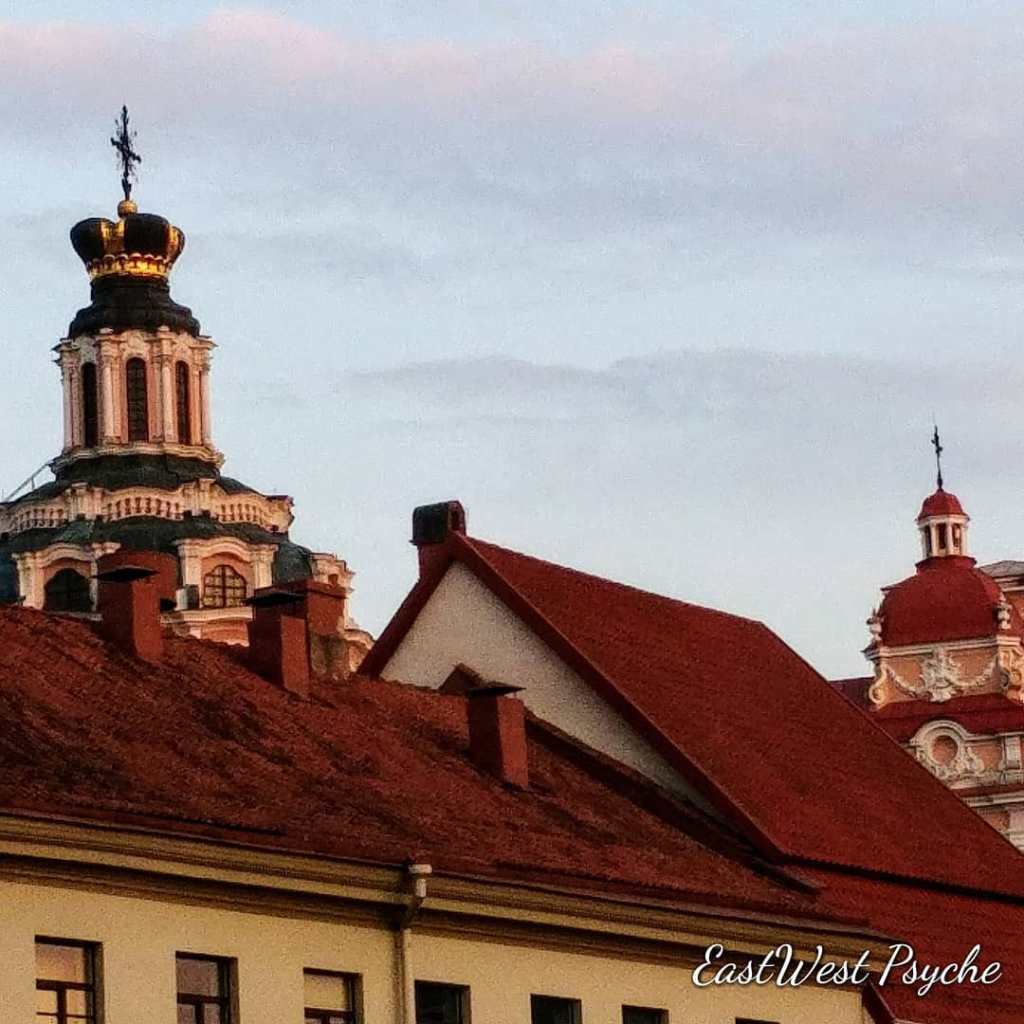
Lithuania: from Grand Duchy for 500+ years to Commonwealth with Poland, to Russian Empire, then 22 years as an independent republic — only to be absorbed by the Soviet Union. Independent again since 1991, the country is by a considerable margin the largest Baltic state — and, like its 2 sisters, strongly aligns with Europe, never having joined post-Soviet CIS.
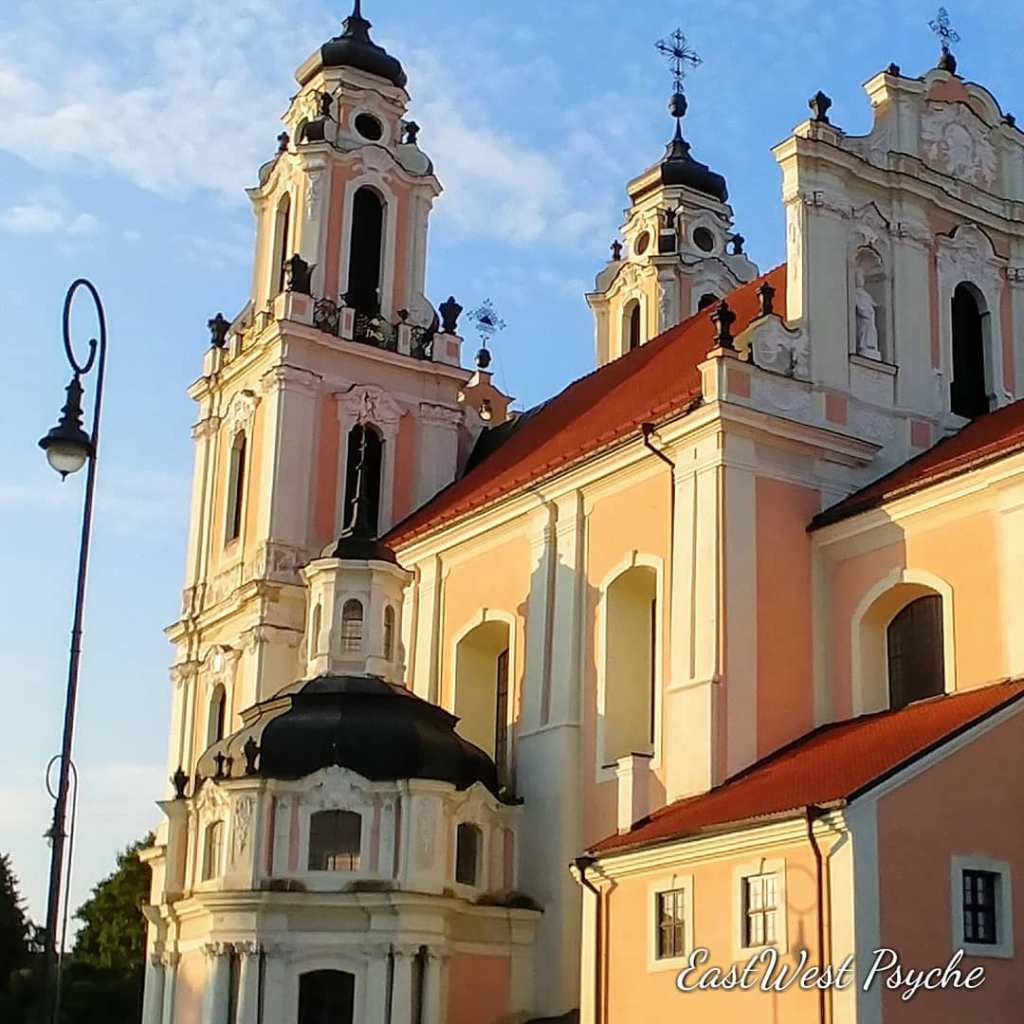
Lithuania’s ethnic makeup, in a population of only 2.76 million despite its land mass (165th globally for population density), is still 84% native Lithuanian, with substantial Polish and Russian minority groups. Upon becoming an independent republic in 1918, the new constitution provided for the protection and well-being of minorities. Also included was a provision for women’s right to vote.
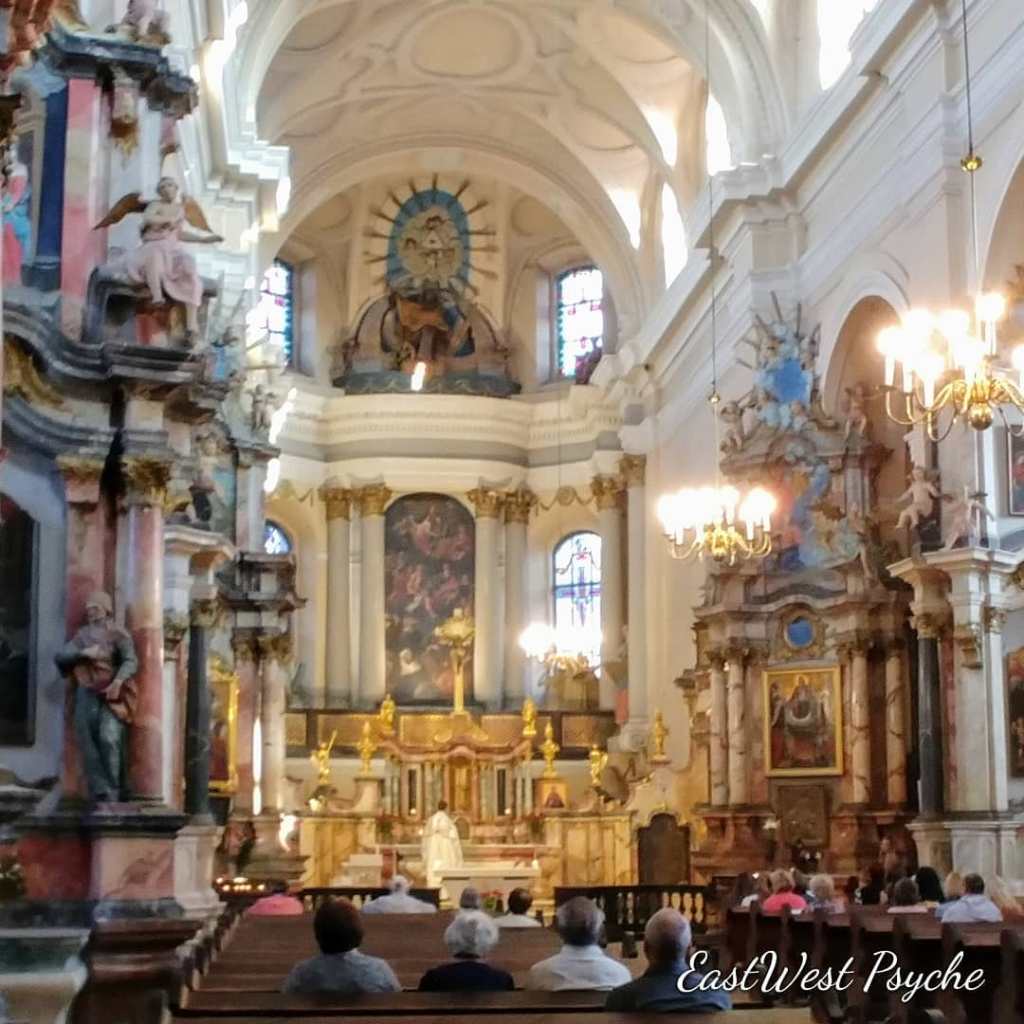
Lithuanians are predominantly (77%) Catholic; religious freedom, however, is guaranteed by the 1918 constitution. In reality, this pluralism goes back much further: in the 19th century, 10 different religions were present in Vilnius, including a significant Jewish community. As in most post-Soviet countries, a system which emphasized secularism, Lithuania today has a strong separation of church and state and many are non-practicing.
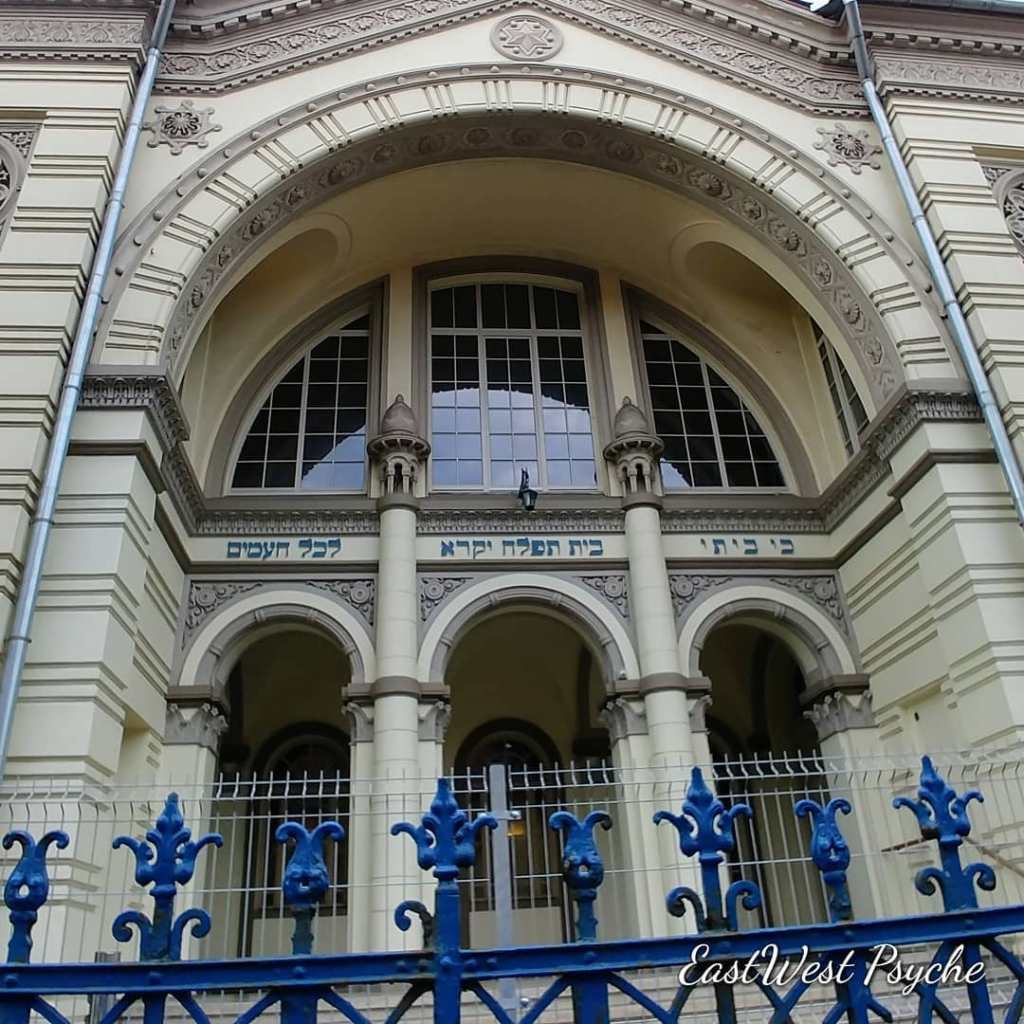
In 1941, Lithuania had a Jewish community of 250,000, 10% of its total population and more than 50% that of the capital, which had more than 100 synagogues and schools. Nazi German occupiers (1941-1945), along with local collaborators, saw to the murder of 206,800 Jews. Today, 1 synagogue remains in Vilnius, under high security — including a temporary closure earlier this month as a result of antisemitic threats.
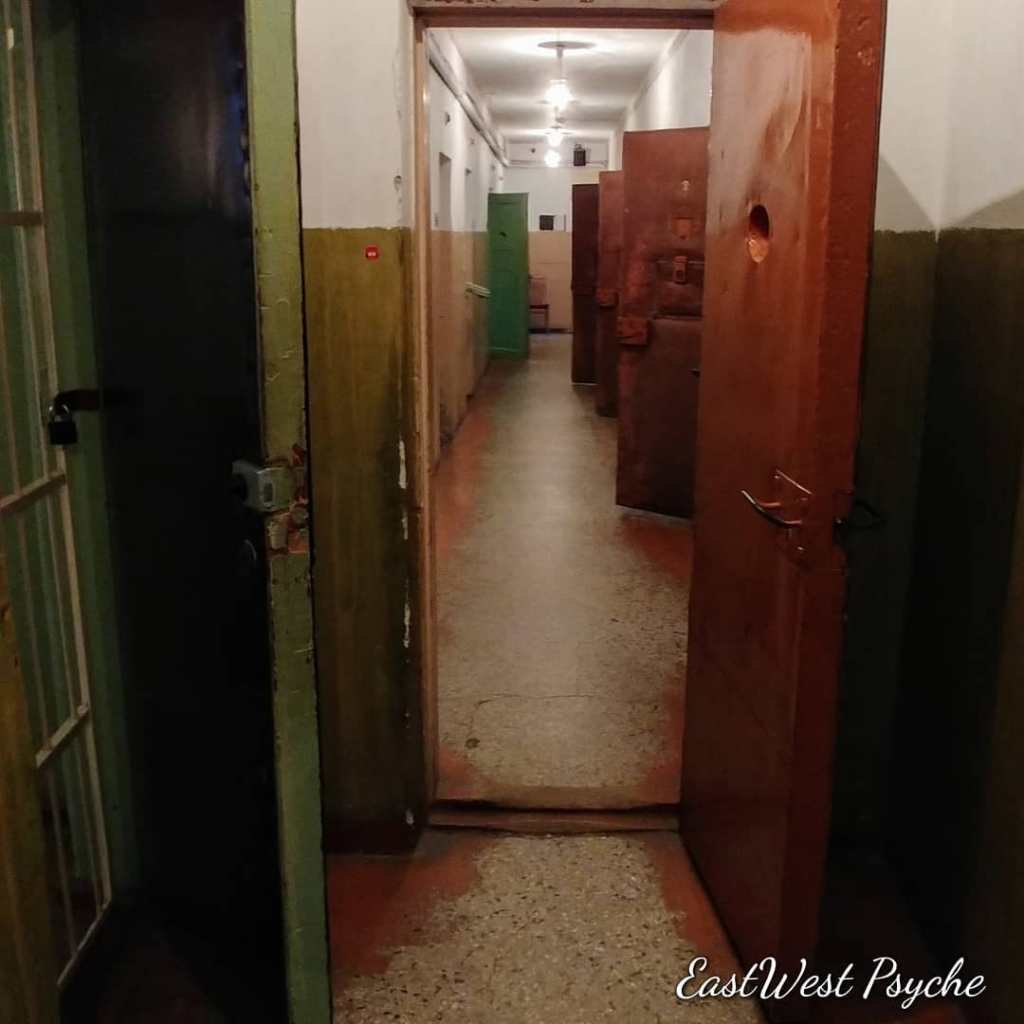
Lithuania lost its short-lived independence to the Soviet Union in 1940, only to be occupied by Nazi Germany 1941-45. From concentration camps and the decimation of the country’s substantive Jewish population, to deportations and the horrors of the Siberian gulags, the society continues to heal from these traumas today. This building was used by Gestapo — and then KGB.
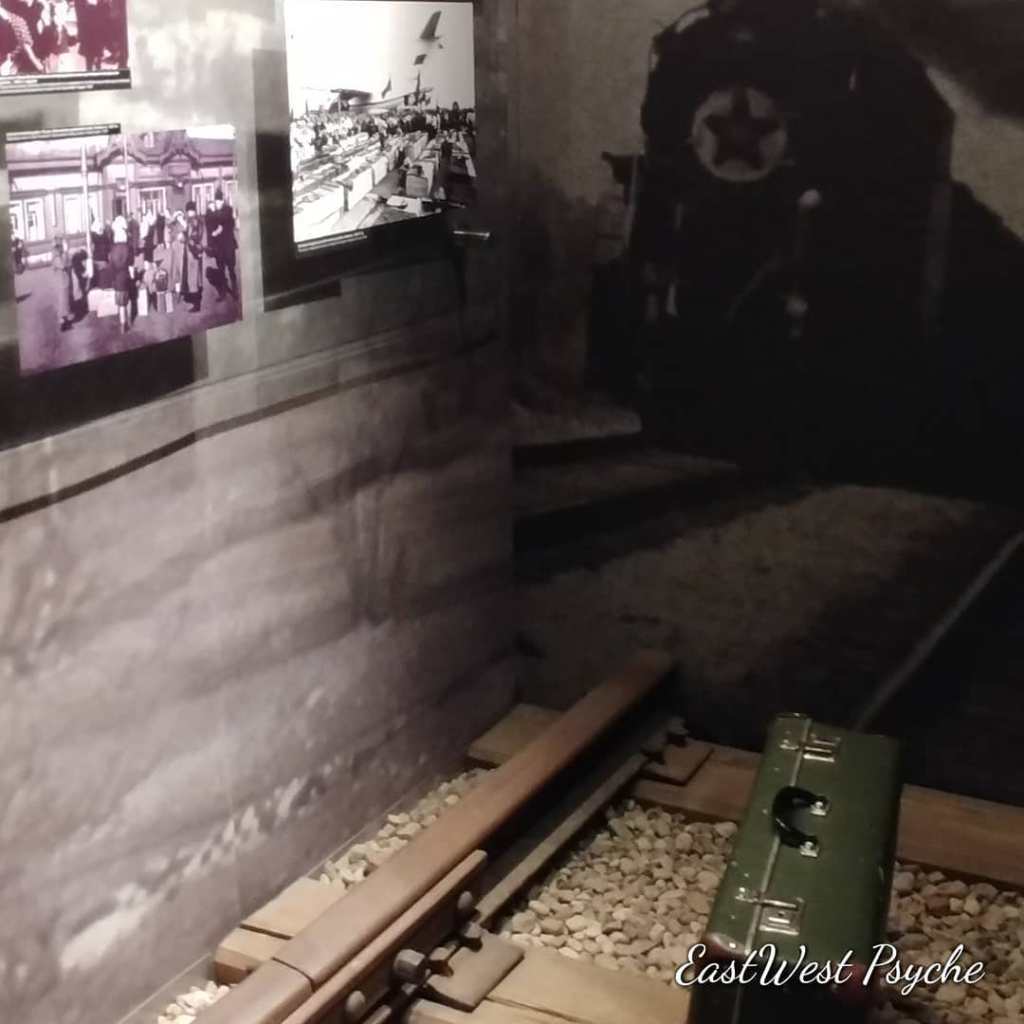
From 1941-1953, Lithuania suffered no fewer than 35 mass deportations at the hands of the Soviets — in which an estimated 300,000 citizens were sent to Siberian gulags or remote satellite countries.Many more were imprisoned in-country, and ultimately 1/3 of the population fell victim to this terror. Far from dissidents, women and children made up 70% of the deportees; more than 50,000 never returned. Today, Lithuania continues to live with this legacy.
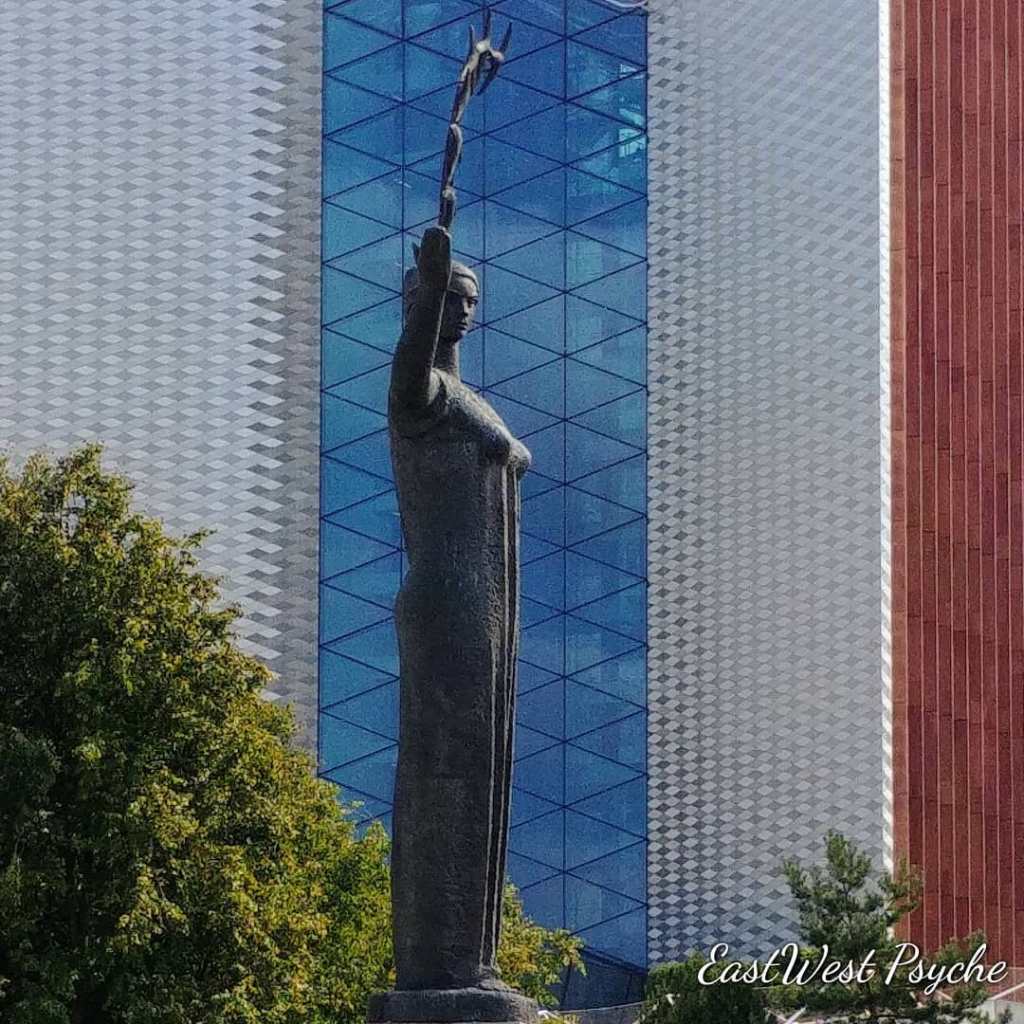
Today, as Lithuania continues to heal from its brutal past, it can rely on its 800+ years of sovereign statehood. Though blindsided for half of the 20th century, the nation knows self-governance well, a former empire that dominated much of eastern Europe for the 14th-16th centuries. As a nearly intact ethnic group living in this area for 12,000 years — they know who they are, and today their struggle for independence is inspiring others — currently, Hong Kong.
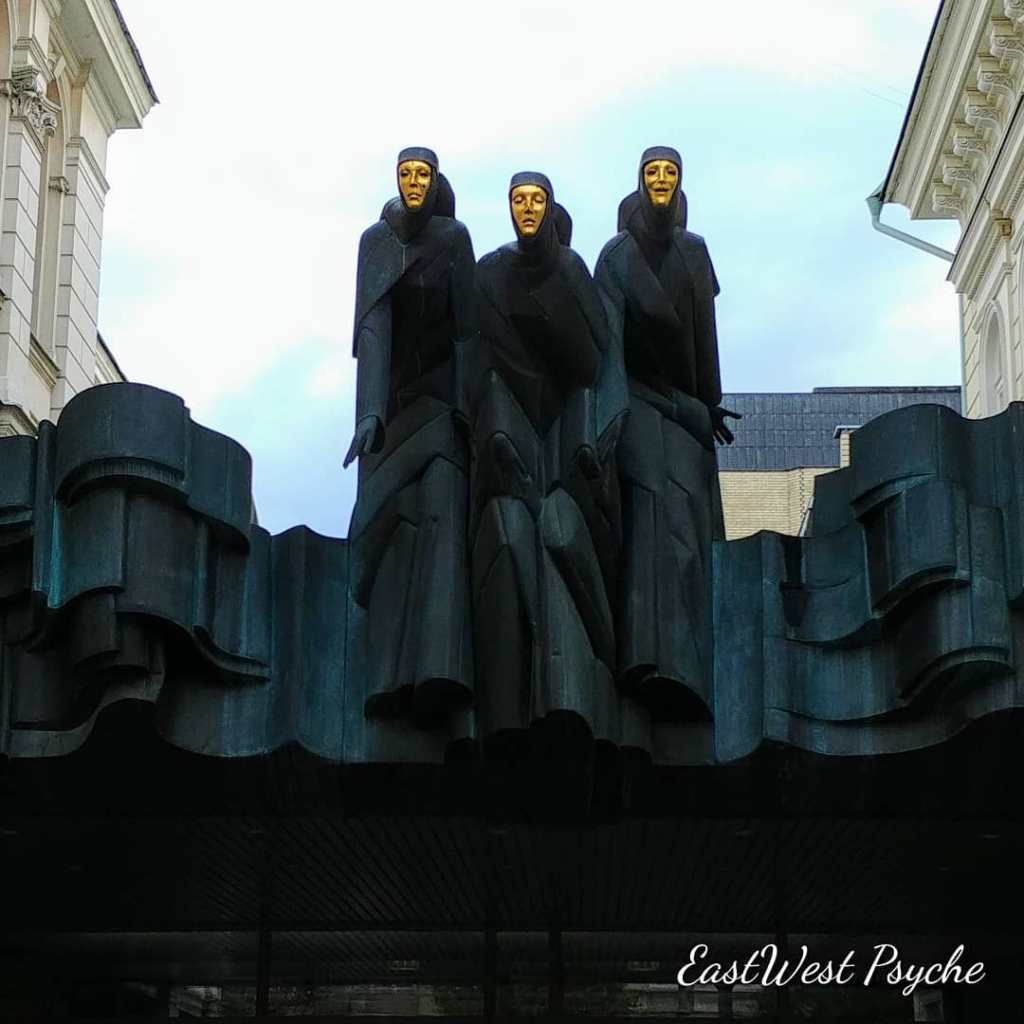
A strong feature of Lithuania’s culture is the high value placed on the arts. Literature, architecture, fine arts both visual and performance, music — all have thrived through many centuries of existence, reflecting the deeper heritage of the people. In Soviet times, all expression of art was forbidden, deemed dangerous in its ability to strengthen cultural and thus national identity — and the country became known for its subversive protest music. Today, Lithuanian culture and love for all arts thrives — as does the country itself.
~EWP
